Effect Audio x Elysian Acoustic Labs Gaea Review - From the Dust
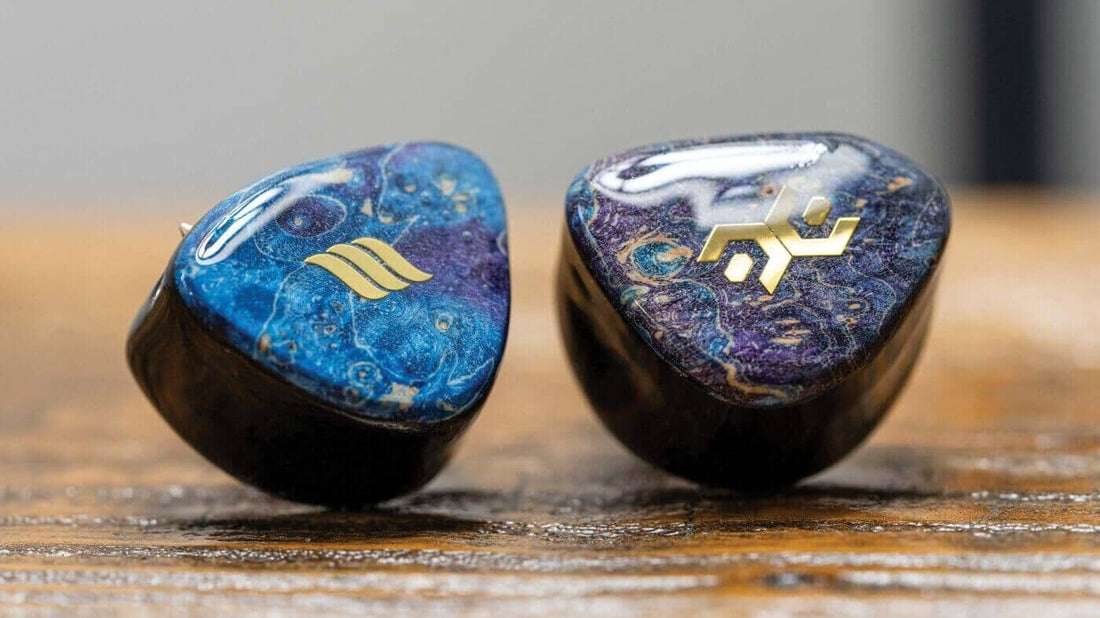
Effect Audio Gaea Review
Written by Precogvision
Photography by Chitoh Yung (@chitohgraphy)
Introduction
Effect Audio and Elysian Acoustic Labs; boutique audio brands that some might say have a natural synergy due to their proximity in the South-East corners of the world. Admittedly, I still had to do a double-take when Lee Quan Min, the proprietor of Elysian Acoustic Labs, informed me about his upcoming collaboration IEM with Effect Audio. And perhaps not without cause either: Effect Audio is best known for their cables, less known - almost notorious, really - for their IEMs. But as with the release of any new product, there is the potential for improvement. Heck, despite the uber-critical nature of my reviews, I want brands to release good products because everyone wins. Pulling inspiration from the Greek goddess of the Earth, then, is the result of their collaboration: the Gaea. The Gaea is a 1DD/4BA driver configuration clocking in at $1300. Can it shake off the dust left by some of its predecessors? Read on to find out.
This unit was kindly provided for review by Effect Audio. The Gaea can be purchased here. As always, what follows are my honest thoughts and opinions to the best of my ability.
Source and Drivability
All critical listening was done off of an iBasso DX300 and iPhone 13 Mini with a Questyle M15. The stock cable and stock silicone tips were used. The Gaea takes a moderate amount of juice to drive, but I had no issue getting it to my usual listening volumes (~70dB) with any of my sources. If you'd like to learn more about my listening methodology and beliefs in audio, then I would encourage you to check out this page.
In-the-Box
- Microfiber Polyurethane case
- Spinfit W1 Medical Grade Silicone ear tips (S/M/L)
- Cleaning Tool and Cloth
The microfiber case included with the Gaea is similar to the one I received with my Elysian Diva IEM. It is slightly larger than the Diva's case, so as to feature both brand's logos at center. There is an integrated magnetic latch and on the inside is a mesh slot for additional accessories. I like this case overall, just be aware that it's something of a lint magnet.
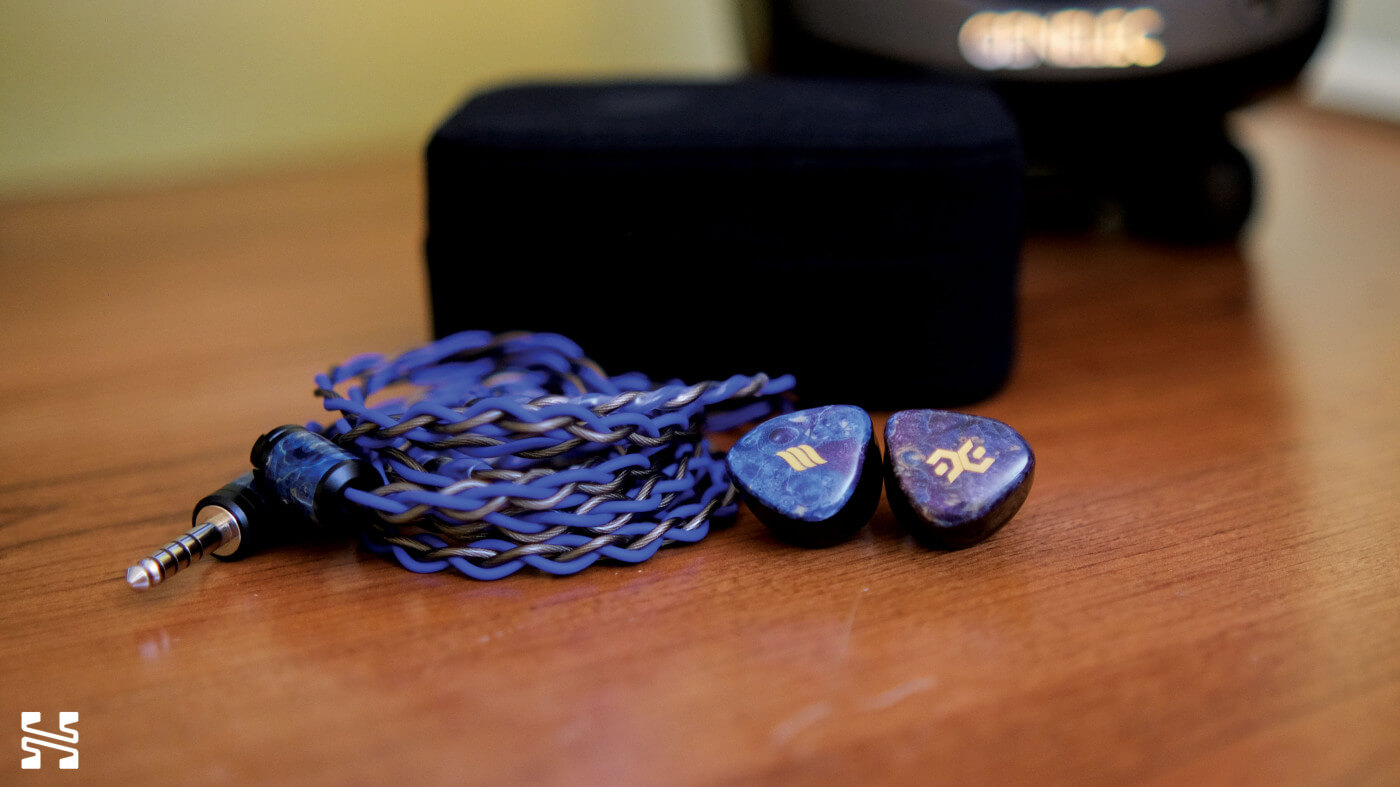
The cable that Effect Audio has chosen to pair with the Gaea is a custom design meshing copper Litz and silver-plated, copper Litz wires. As most readers will know, I am not much of a cable afficionado, so I'll refrain from sharing thoughts on the "synergy" between the Gaea and this cable, although I think they make a pleasing pairing visually.
In any case, there are two prime metrics that I assess an IEM cable by: build quality and usability. On the first front, build quality, I would rate this cable as being acceptable. The hardware at the 4.4mm jack and Y-split is plastic juxtaposed with what appears to be blue stabilized wood for visual effect. Preferably, I would like to have seen the use of aluminum for the hardware instead, or even using solely wood to accentuate the Gaea's "earth" ethos. You can imagine why I might find the use of plastic somewhat tacky.
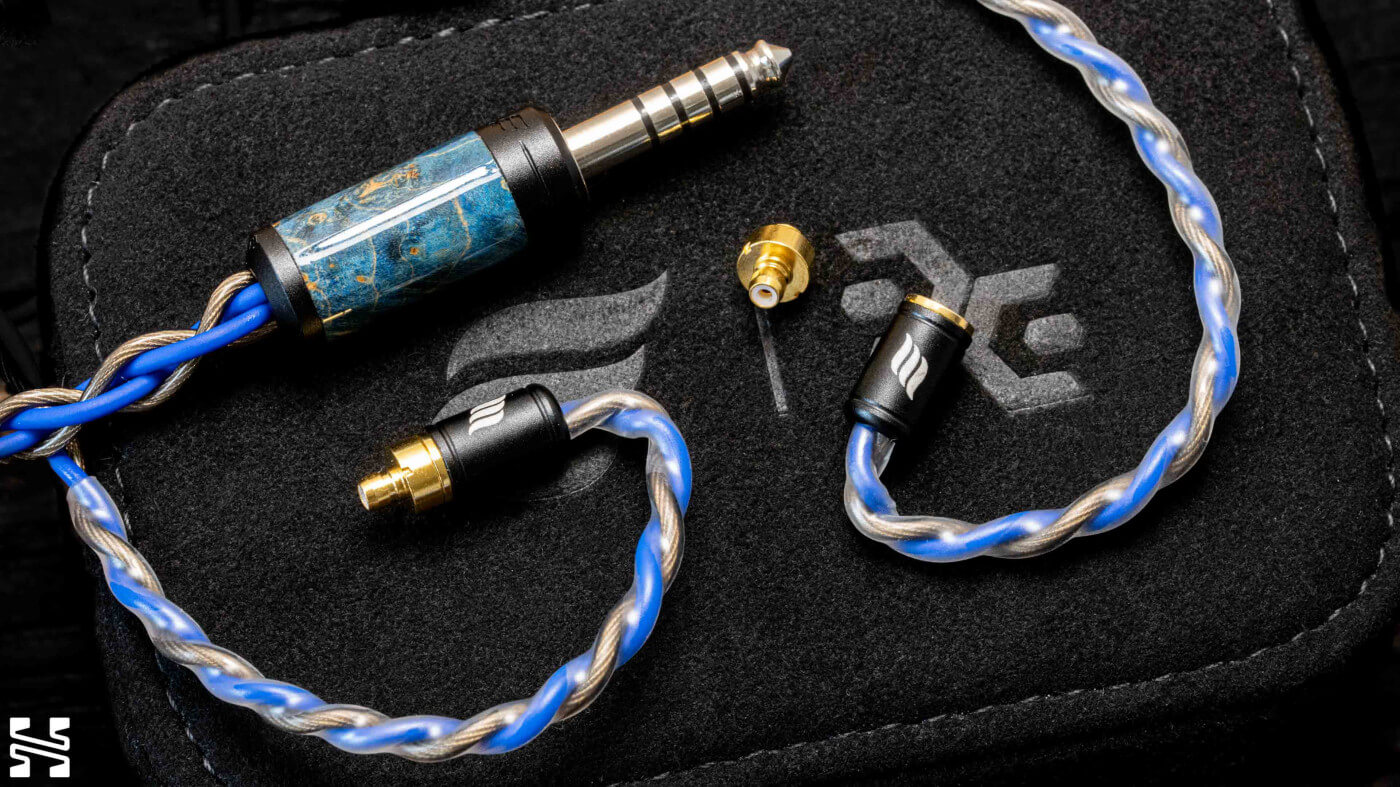
On the second front of usability, my thoughts are more positive. This cable has Effect Audio's ConX add-on, a screw-in system for swapping between connectors such as MMCX and 2-pin (not included). I think that this is a simple, but novel solution to mitigating the purchase of separate cables for IEMs with different connections. Something else I observed - that I appreciate - is that the aluminum cable cinch nestles neatly into the Y-split, a missed opportunity that I've criticized other cables for in the past.
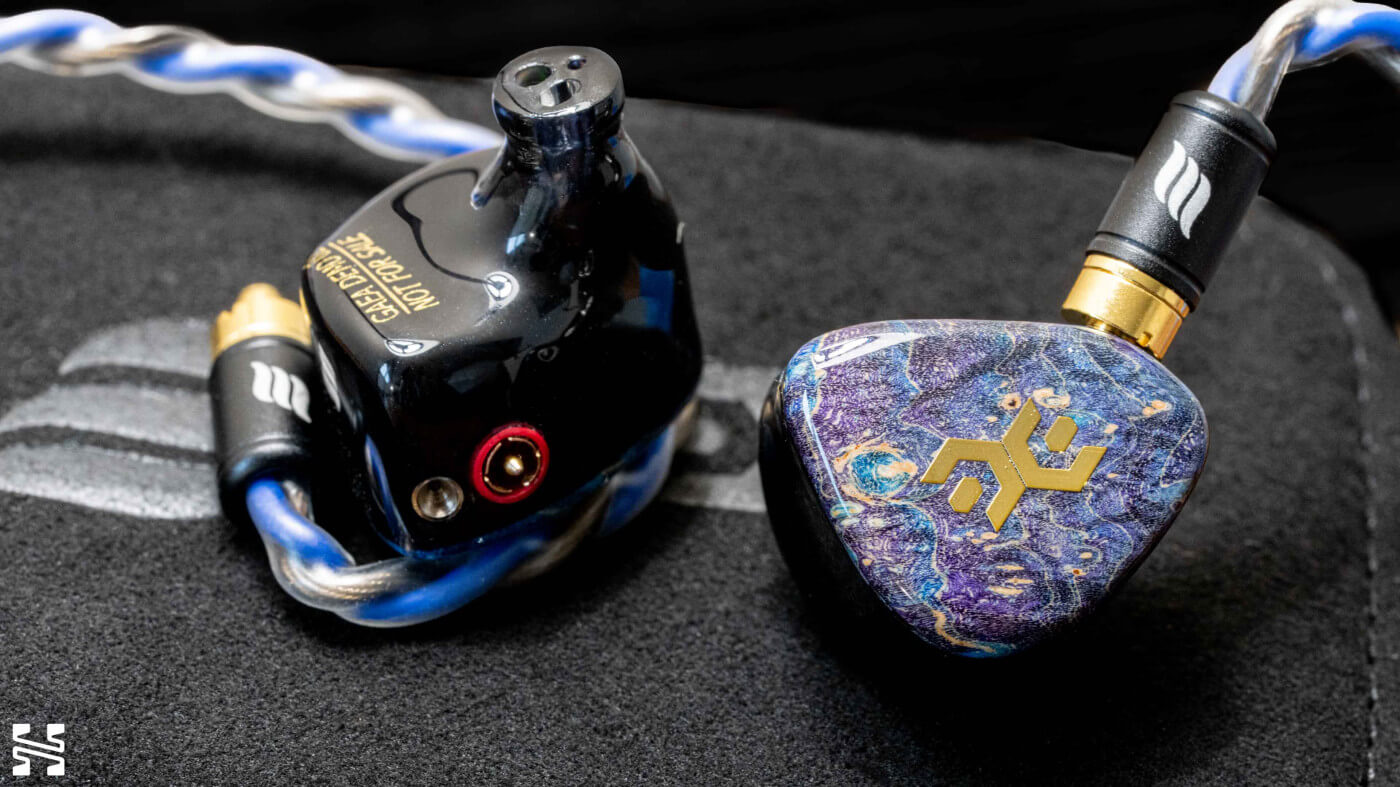
Moving to the Gaea itself, it is composed of resin with blue, stabilized wood faceplates. On the right side, Effect Audio's logo is emblazoned in gold; vice versa for Elysian Acoustic Lab's logo on the left side. At the top, Pentaconn Ear connectors are utilized instead of standard MMCX or 2-pin connectors. These connectors radiate 360 degrees like MMCX connectors, but I believe they are more sturdy in theory. They are also significantly more expensive - at almost $20 a pair! - to use than standard connectors. Do be aware that the connector's slow adoption amongst IEM manufacturers has beget a scarcity of aftermarket cables.
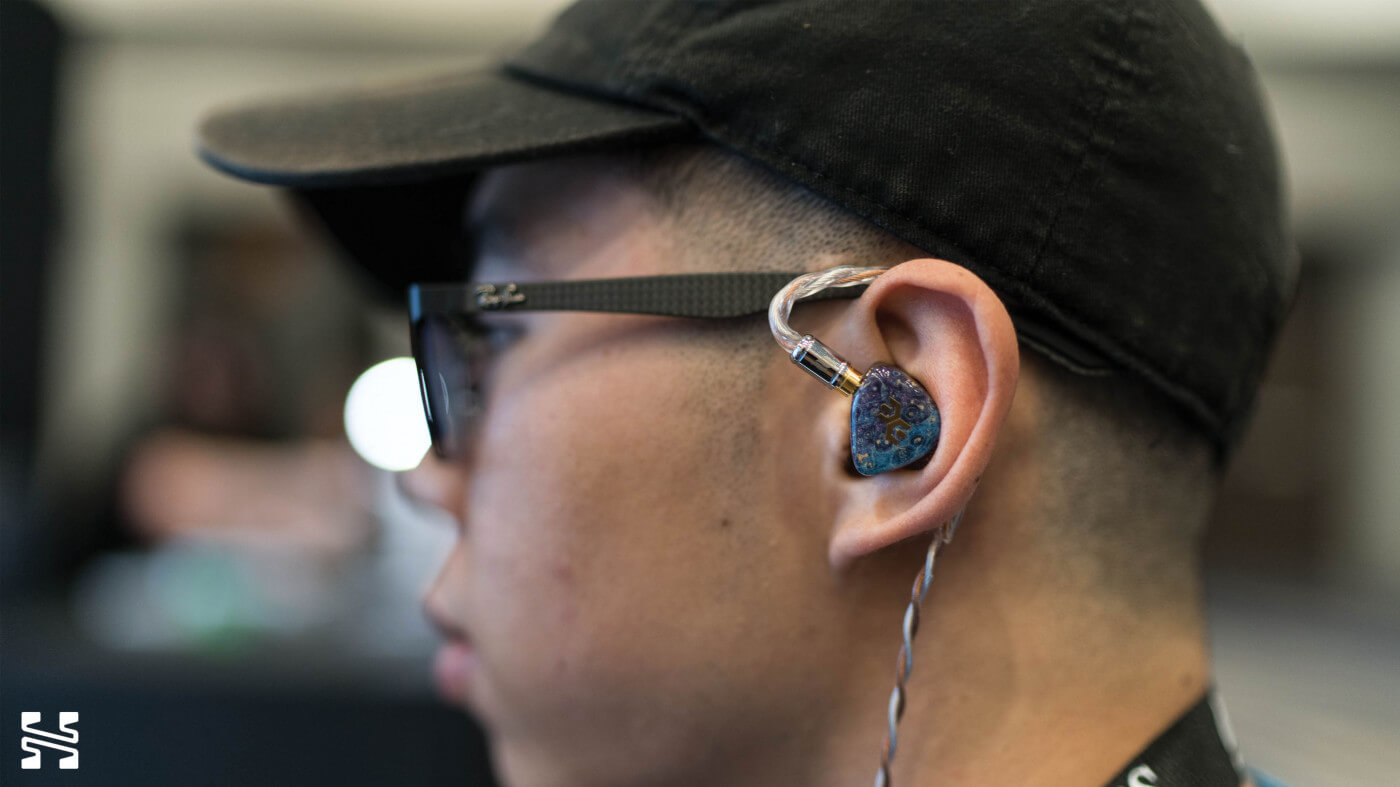
My first listen of the Gaea at CanJam SoCal 2022. Note that the cable at this time was a prototype.
Now, listeners who have handled - or perhaps seen - Lee's IEMs in the past will know that they have not always been the smallest IEMs due to the technologies that he crams inside. Recognizing this limitation, Lee has made efforts to minimize the size of the Gaea. It is still not necessarily a small IEM; however, it should fit more easily than models like the Annihilator or the Diva. Lee has also gone to lengths to mitigate driver flex, a crinkling phenomenon some listeners might experience when inserting a dynamic driver IEM into the ear. This is addressed via an additional vent near the front of the Gaea. Fit and comfort are always subjective to the end user, but at least to me, these efforts culminate in an IEM that I am able to wear for hours with minimal fatigue.
Sound Analysis
The frequency response below was taken using a clone IEC-711 coupler. There is a resonance peak at 8kHz, so measurements after this point should not be considered entirely accurate. You can compare the Gaea to other IEMs that I have measured here.
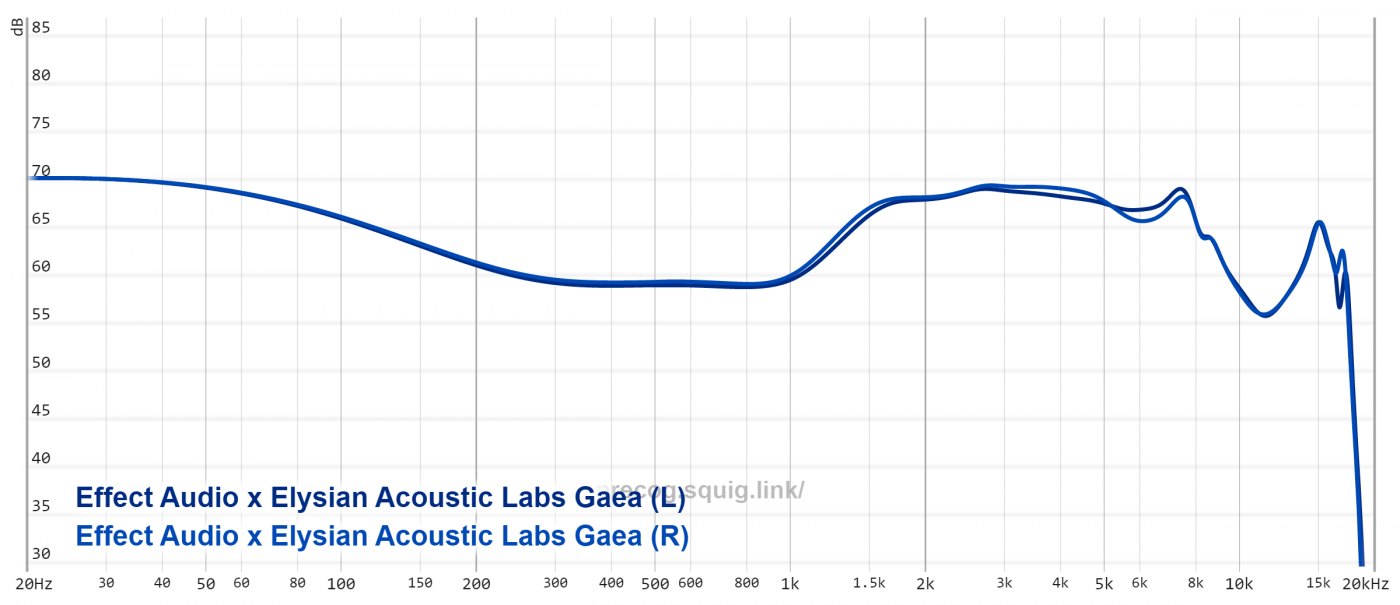
On brief listen, it’s clear that the Gaea shares a lot of DNA with its Elysian siblings. The Gaea’s bass is even handled by the Foster dynamic driver that is used in the venerable Annihilator. I have a love-hate relationship with this DD, and I think a lot of the qualms that I applied to the Annihilator’s bass carry over here. In essence, the Gaea’s bass has a strong focus on note attack which yields an emphasis on ‘slam’ and explosiveness. It’s difficult not to call this good bass in tandem with a robust, 10dB over 1kHz and controlled sub-bass shelf that’s right up my alley. But I’d be remiss to note that bass sounds somewhat too fast in decay, and there’s some richness that’s missing, richness that I associate with the best dynamic driver implementations. For what it's worth, I think these characteristics work well enough given the hyper-engaging, quick sound that the Gaea is targeting.
On that note, warm, gooey and ‘musically’ inclined listeners can stop reading here because the lower-midrange of the Gaea is ruler straight, right about neutral to my ears. But concurrent with Effect Audio’s marketing literature, the upper-midrange of the Gaea is gun-to-the-head for max clarity. And not in a bad way at all; quite the opposite. From 1.5kHz to 5kHz, the Gaea is nearly dead-flat and about ~8dB over 1kHz. There are definitely some comparisons that come to mind, like the Empire Ears Odin, but the Gaea also has the benefit of more sub-bass to mask some of this forwardness. In essence, this results in a remarkable balance between upfront and intense, but not quite fatiguing.
The faintest of vocal overdubs and reverb are brought to my attention on mixes like Seori's "Lovers in the Night". On the opening lyrics, for example, the "my chest" and "lately I've been upset" echo back oh-so-subtly. These are details that I notice using other headphones now, but that I wouldn't have noticed previously. My favorite artist, Taeyeon, also sounds incredibly crisp and lifelike on "Feel So Fine", with none of the minor sibilance that might plague lesser sets that fail to dance the razor's edge. The Gaea unquestionably knows its target audience: most any track that's pop or EDM with female vocals is a treat to the ears pending tolerance for upper-midrange presence.
Last but not least - well, possibly least from the perspective of quality - is the Gaea’s treble. In my opinion, it’s just decent, at least in comparison with a kilobuck benchmark like the Symphonium Helios that sports nearly linear treble. And compared to my Elysian Diva CIEM, the Gaea seems to sport more peskiness somewhere in the mid-treble to upper-treble regions (perhaps at around the 8kHz and 15kHz frequencies). These emphases are not as polarizing as I remember them being in show conditions at CanJam SoCal, but they still come across a tad unruly despite the excellent sheer extension. There’s a subtle sense of roughness that I pick up on in certain runs like SNSD’s “Into the New World” on the opening percussive hits.
The Gaea is essentially pretty competent in terms of tuning if a little rough around the edges. As with any IEM, there are a number of reasons why some listeners might be predisposed to dislike the Gaea's presentation:
- Some might prefer more warmth in the mid-bass and lower-midrange.
- Some might find the upper-midrange too aggressive.
- Some might find the treble a tad splashy in certain areas.
- In general, some might be seeking a more 'coherent', smooth sound.
As an example, I find myself gravitating away from slower, thicker tracks like Ronnie Dunn's "Bleed Red", especially on the opening verses. An ideal rendition of this track's opening, to me, is where Ronnie is able to put more substance behind his voice to convey the seriousness of the track's subject matter. With the Gaea, he sounds strained, perhaps slightly anemic. The transition into the chorus at 2:07 also seems to fall short because of the entrance of the electric guitars and rapid cymbal crashes drowning out Ronnie's voice. Granted, these comments are all very preference oriented, but the Gaea's certainly no Diva in the tuning department - especially when you account for the Diva’s bass pot feature.
Technical Performance
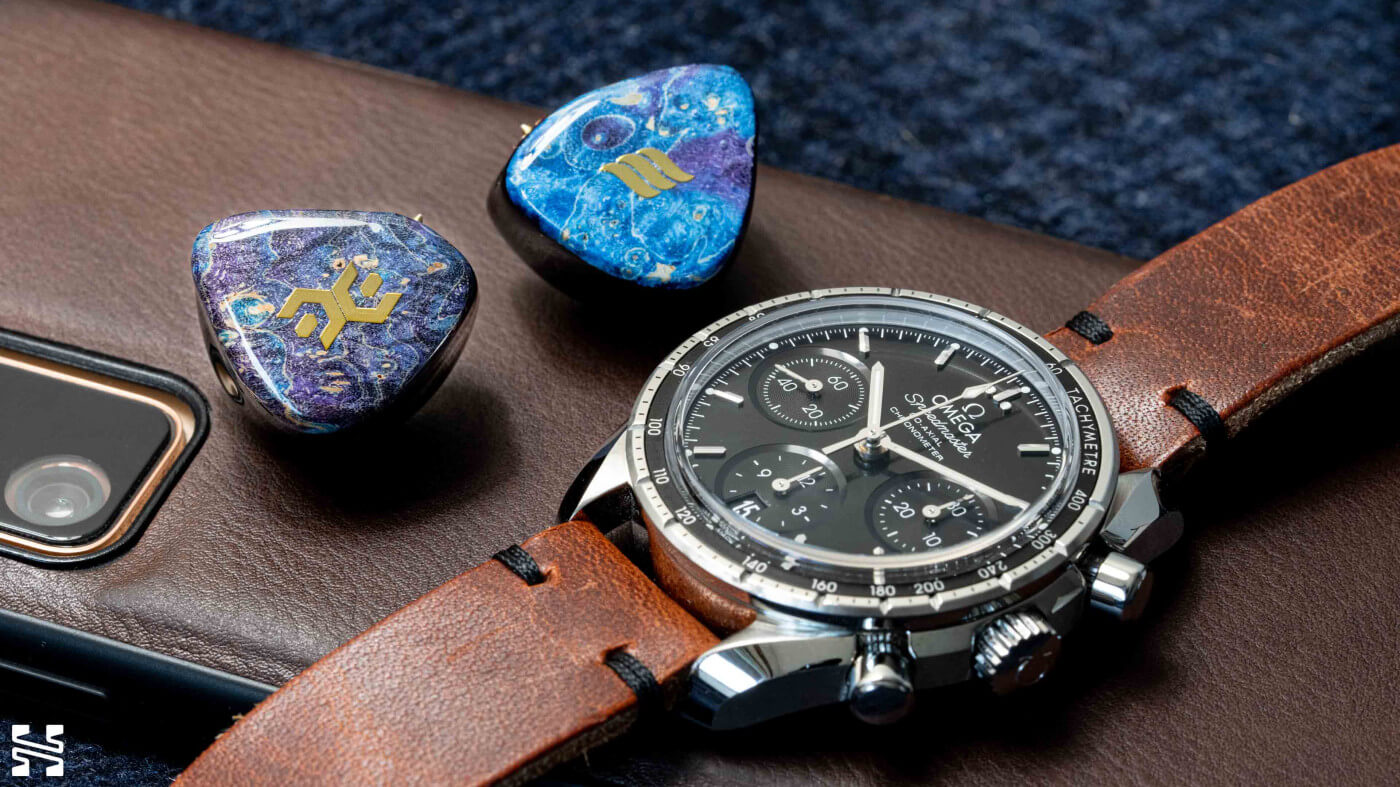
Still, what can I say? The Gaea is incredible in the detail department, neck-and-neck with and if not surpassing the Diva, an IEM I praised previously for its sense of detail. But perhaps it shouldn't come as surprising thanks to the Gaea's flat lower-midrange and plateau from 3-5kHz. The peak in the upper-treble is also reserved enough in magnitude, and in a particular region, for which most listeners would associate it more with a sense of airiness and micro-detail rather than unnaturalness. There are certainly some differences in timbre. Previously, I analogized the Diva to being a photo that’s been artificially sharpened, in a slightly glossy sense, without unwanted grain. An unnatural coloration to be sure, but of the desirable variety. The Gaea adds back some of this grain, realism, and is a little more sharpened.
Oddly enough, staging on the Gaea is wider than my Diva CIEM; I suspect that this is partially due to the differences in placement of their upper-treble peaks past 10kHz. The Gaea's peak is pushed higher, resulting in a stronger focus on reverb and pseudo-air. In any case, Nanami's opening vocals on Sawano Hiroyuki's "N0VA" float outside the head slightly in the side channels, with the beeps and background minutia creating a powerful illusion of ambiance - at least for an IEM. In fact, I'm reminded a lot of my memories of the Annihilator's staging. In classic Elysian fashion, macro-dynamics on the Gaea are also excellent. Explosive, engaging, whatever you want to call it. It just sounds expensive, and I genuinely wouldn't hesitate to say that I'd peg the Gaea at a significantly higher price point for its sense of technicalities in the absence of prior knowledge.
The Bottom Line
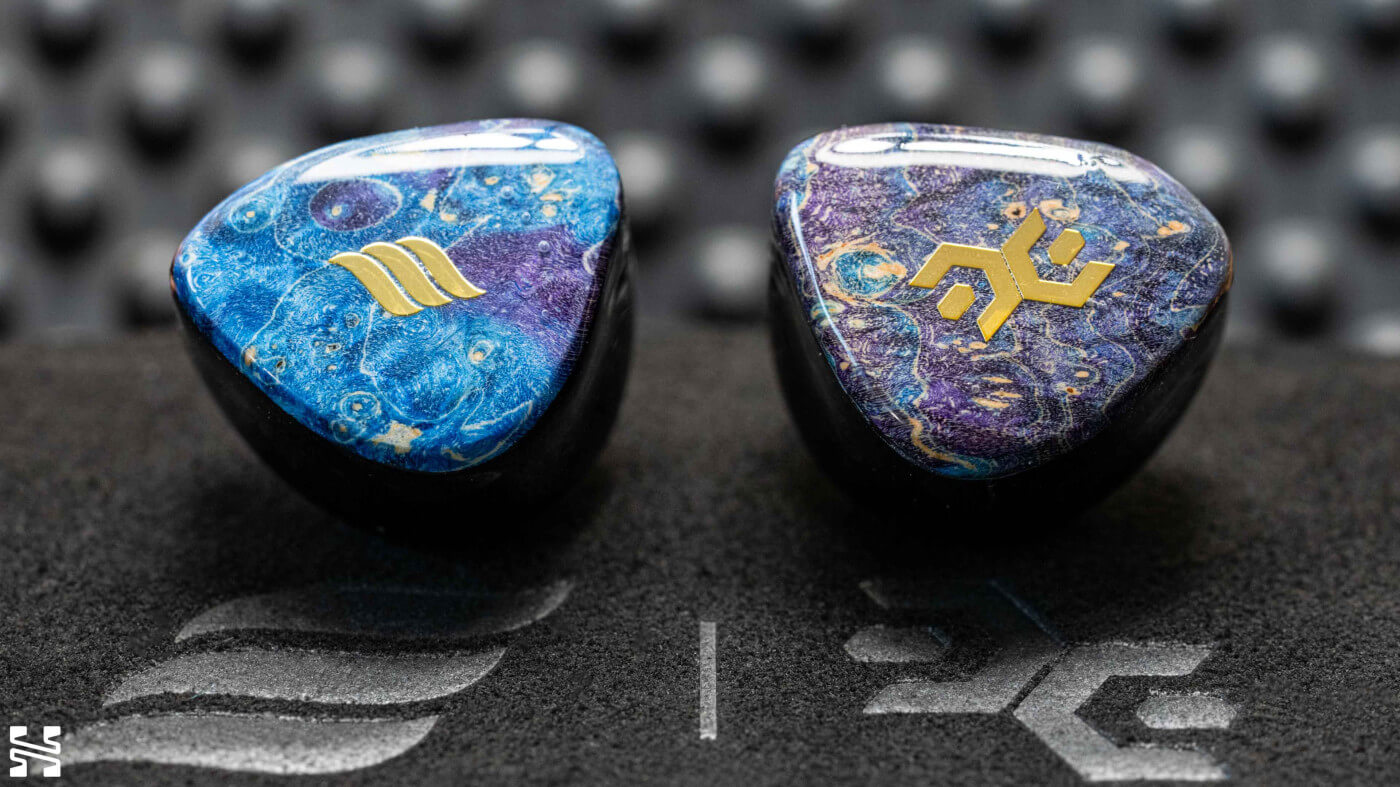
No product is worth its salt outside the context of its competition. But the joke’s mostly on the competition because there's not much that comes to mind at $1300 that competes with the Gaea, at least not directly. The 64A U6t, the MEST MKII, the Monarch MKII, and the list goes on; these are all IEMs with different flavors of tuning - or that the Gaea simply supersedes - until one reaches the Diva at $1500. And I'm not sure if the Diva is even strictly better, although it certainly affords one more tuning flexibility.
In some sense, Lee from Elysian Acoustic Labs has been able to carve out a niche for his own type of sound. Discussing with friends who know their way around IEM design, and just from speaking with Lee himself, I've come to understand that Lee tunes his IEMs in a way that is both unconventional and extremely difficult to reproduce. Unfortunately, this has meant that most suppliers that he's worked with have not met his standards, and he has struggled - I mean seriously struggled - with keeping up with orders.
That's where this collaboration with Effect Audio handling the production steps in. The Gaea is not only a challenge of past conceptions that I've had about the brand's products, but it is an IEM that, from the ground up, challenges what I've thought possible at the $1300 price point. If Effect Audio can maintain stock of the Gaea while applying the same attention to detail as they do their high-end cables, then I think there is a compelling argument for the Gaea being a $1300 benchmark IEM.
